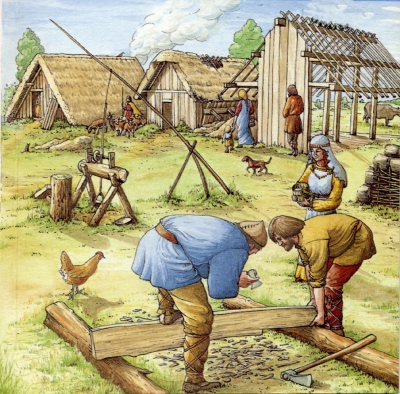How do bovids vary in their size and appearance?

Have you noticed the difference size between a goat and a cow? Although both belong to the bovine family, a goat is far smaller than a cow or buffalo. There are great variations among the different species of the Bovidae in terms of appearance and dimensions.
The royal antelope is the smallest bovid. It has a mass of only 3 kg. However, the bison or several other species of domestic cattle have body masses approaching 1000 kg.
The gaur is the largest bovid. It weighs easily over a tonne. All bovids have a pair of horns. However, the four-horned antelope has two pairs of horns!
Picture Credit : Google













